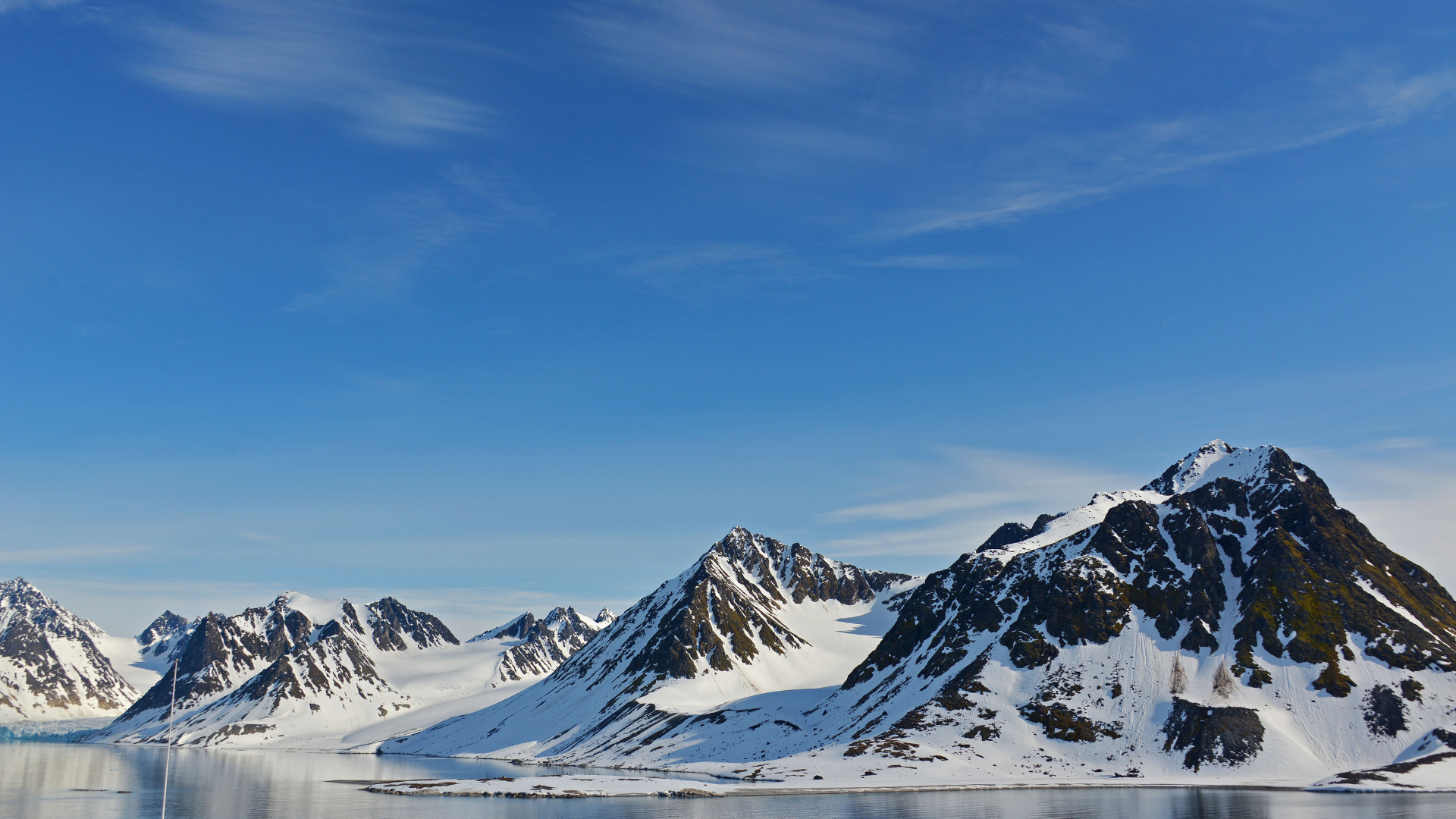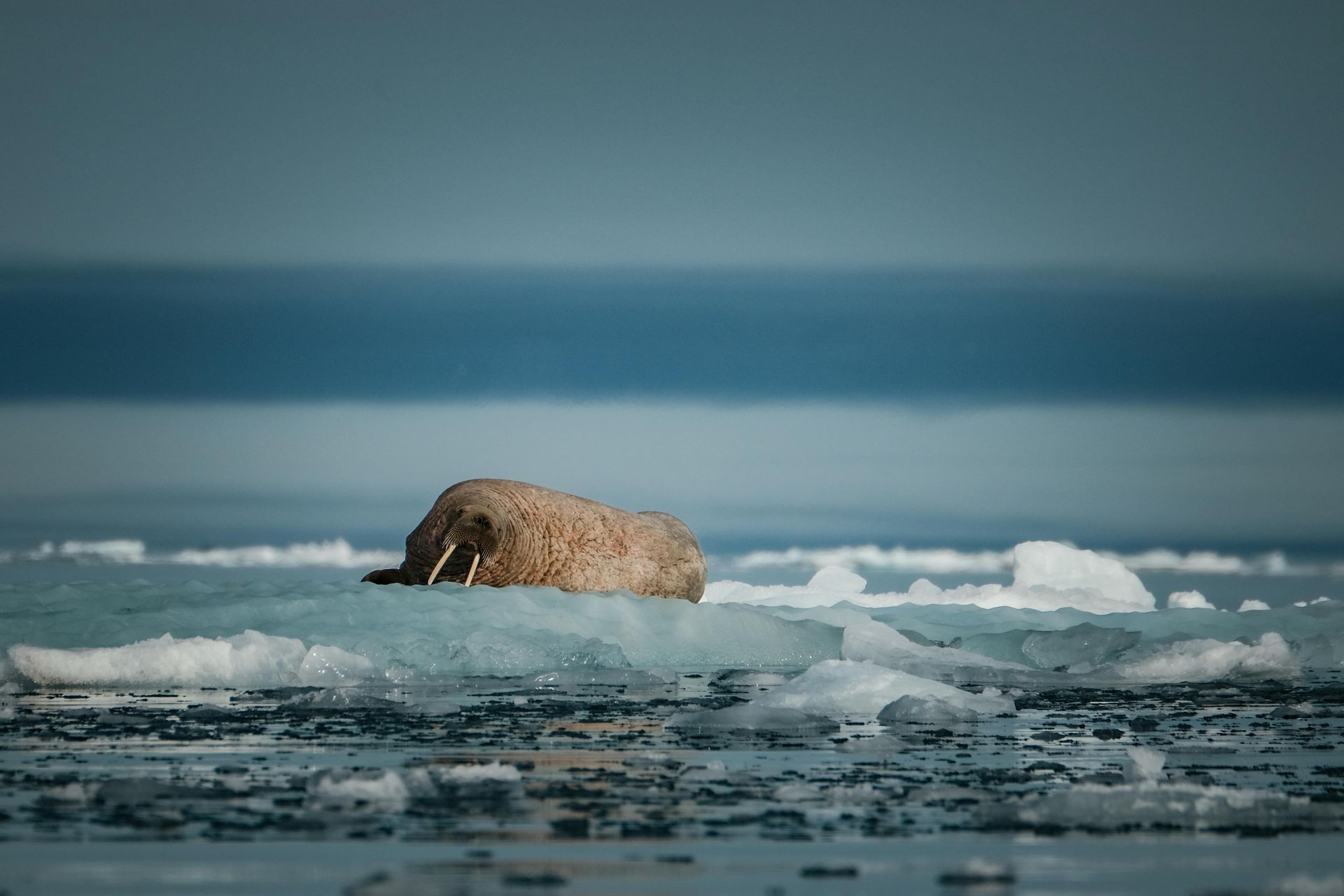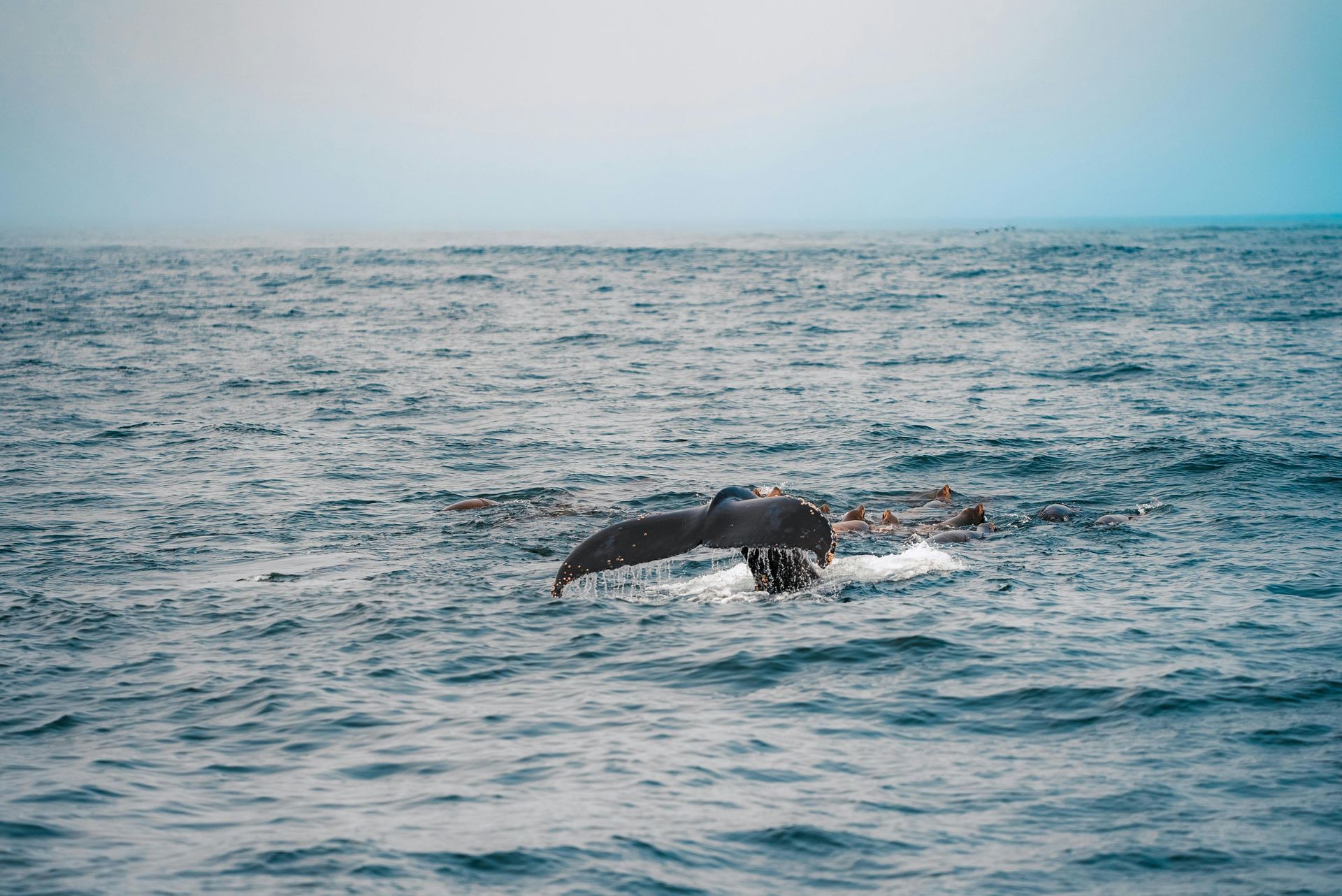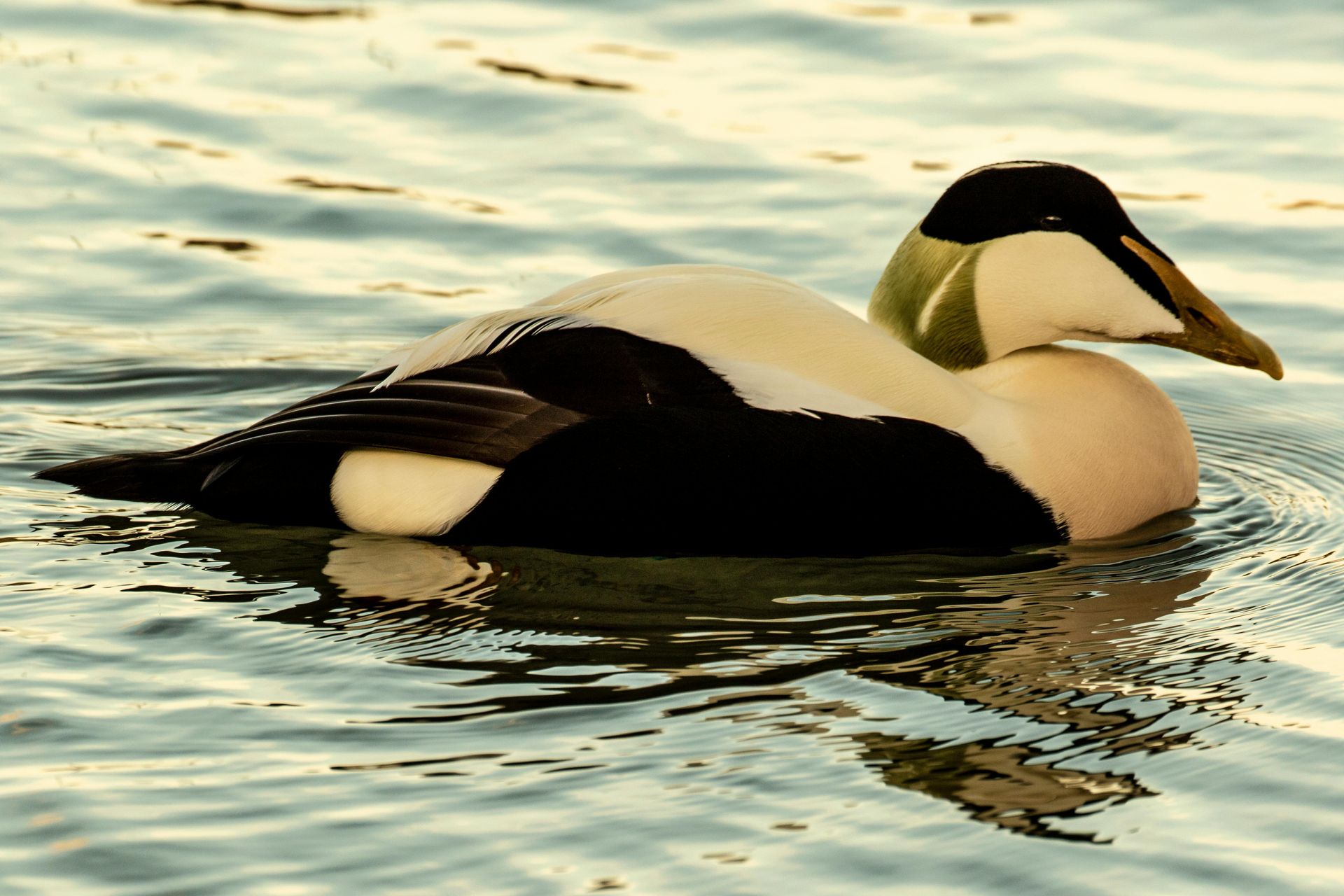Svalbard History Facts in October
Svalbard History Facts in October

October in Svalbard ushers in the early stages of winter, a fitting backdrop for exploring the rich and layered history of this remote Arctic archipelago. Svalbard's history is a testament to human endurance, ambition, and the relentless pursuit of knowledge and resources in one of the most inhospitable environments on Earth. This month, as the days grow shorter and the temperatures drop, the stories of Svalbard's past come alive, providing a fascinating glimpse into the lives of those who dared to venture into the Arctic.
The discovery of Svalbard is often attributed to the Dutch explorer Willem Barentsz, who stumbled upon the archipelago in 1596 while searching for a northern sea route to Asia. This discovery opened the door to the Arctic for European explorers and marked the beginning of an era of intense exploration and exploitation. Early maps of the region, like those created by Barentsz, provide a snapshot of the burgeoning knowledge of the Arctic, highlighting the allure and mystery that Svalbard held for early explorers.
In the 17th century, Svalbard became a focal point for the burgeoning whaling industry. Whaling stations were established along the coasts, primarily by Dutch and English whalers. These stations were the lifeblood of the early Arctic economy, with whalers hunting bowhead whales for their blubber, which was rendered into valuable whale oil. The remains of these early whaling outposts, such as those on the island of Spitsbergen, offer a haunting glimpse into the past, where the harsh Arctic conditions and the relentless pursuit of whales defined daily life.
As the profitability of whaling waned, the focus shifted to another natural resource: coal. By the late 19th century, coal mining had become the primary industry in Svalbard, leading to the establishment of several mining settlements. Longyearbyen, founded in 1906 by the American industrialist John Munro Longyear, became the largest and most prominent of these towns. The town's history is intricately tied to the coal mining industry, with much of its early architecture and infrastructure built to support mining operations.
Barentsburg, another key settlement, has a distinctly Russian character, reflecting its origins as a Soviet mining town established in 1932. The town's Soviet-era architecture, complete with statues of Lenin and buildings adorned with Cyrillic script, stands as a testament to its past. Barentsburg remains an active mining town, providing a living link to the industrial history that has shaped much of Svalbard's development.
The strategic importance of Svalbard became particularly evident during World War II. The archipelago was the site of several military operations, including the Allied mission Operation Fritham, aimed at securing weather stations and disrupting German activities in the region. These wartime activities left a lasting mark on Svalbard, with remnants of military installations and equipment still visible today. The war also highlighted Svalbard's geopolitical significance, a factor that continues to influence its role in international affairs.
The signing of the Svalbard Treaty in 1920 was a pivotal moment in the archipelago's history. The treaty, which granted Norway sovereignty over Svalbard while allowing signatory countries equal rights to engage in commercial activities, established a unique legal and political framework for the region. This arrangement has fostered a multinational presence in Svalbard, with various countries operating research stations, mines, and other enterprises. The treaty also designated Svalbard as a demilitarized zone, a status that remains crucial to its governance.
Scientific research has emerged as a cornerstone of Svalbard's modern identity. The archipelago's unique Arctic environment makes it an ideal location for studying climate change, glaciology, and Arctic ecosystems. Research institutions such as the University Centre in Svalbard (UNIS) and the Svalbard Global Seed Vault underscore the region's importance as a hub for international scientific collaboration. Scientists from around the world are drawn to Svalbard to conduct research that is critical to understanding global environmental changes.
October in Svalbard is a time of transition, as the Midnight Sun fades and the Polar Night approaches. This shift in seasons provides a dramatic backdrop for exploring the archipelago's history. The stories of explorers, whalers, miners, and scientists are woven into the fabric of Svalbard, creating a rich tapestry of human endeavor in the Arctic. Whether visiting historical sites, engaging with local researchers, or simply absorbing the stark beauty of the landscape, visitors in October can gain a deep appreciation for the enduring legacy of Svalbard's past.












